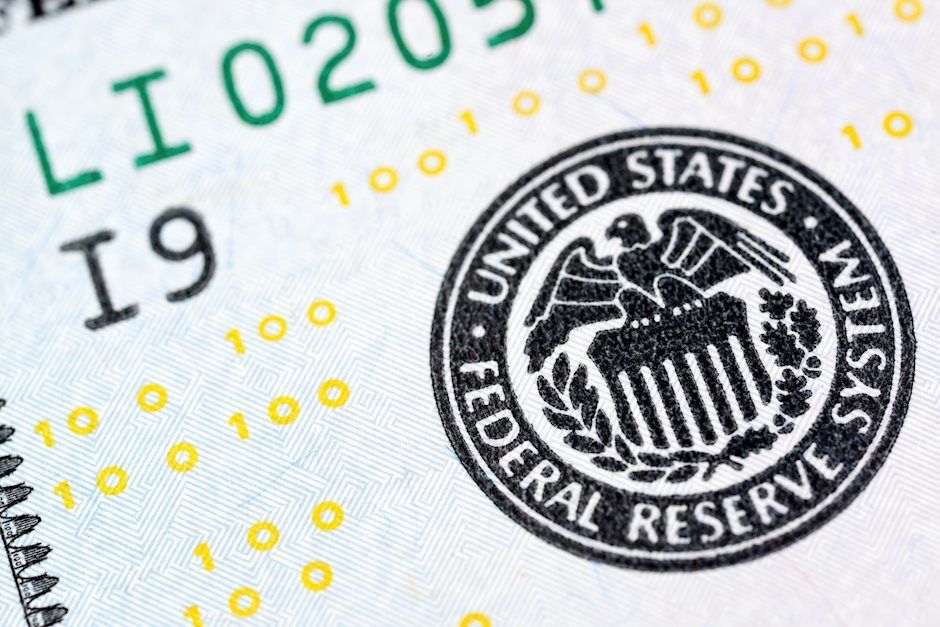Fed policymakers speak on policy outlook following Chairman Powell's cautious comments
- Fed Chairman Powell's cautious remarks on further policy easing lifted US yields.
- Markets await comments from Fed officials, while assessing the odds of a December rate cut.
- Fed polichmakers Goolsbee, Schmid and Hammack are scheduled to deliver speeches on Thursday.

Federal Reserve (Fed) Chairman Jerome Powell said in prepared remarks delivered at a Dallas event on November 14 that they don't need to be in a hurry to lower interest rates, citing ongoing economic growth, a solid job market and inflation that remains above the 2% target.
Powell further reiterated that the policy is still restrictive but argued that they need to move patiently and carefully to find the neutral rate. "If data let us go slower, that's a smart thing to do," he added.
US Treasury bond yields pushed higher following Powell's remarks and the US Dollar (USD) outperformed its rivals in the second half of the previous week. According to the CME FedWatch Tool, markets are currently pricing in about a 45% probability of the Fed leaving the policy rate unchanged at 4.5%-4.7% at the December policy meeting, up from a 17.5% chance a week ago.
Earlier in the week, Kansas Fed President Jeffrey Schmid stated that he believes inflation and employment are both heading toward desired levels. "Now is the time to dial back restrictiveness of policy," Schmid noted. Commenting on Donald Trump's proposed policies, "tariff and immigration policies will be relevant to the Fed if they impact employment and inflation," he said.
In the meantime, Boston Fed President Susan Collins said that more interest rate cuts will be needed but urged policymakers to proceed carefully to avoid moving too quickly or too slowly. Finally, New York Fed President John Williams told Barron's in an interview that he sees inflation cooling and interest rates falling further.
Later in the day, Chicago Fed President Austan Goolsbee will participate in a moderated Q&A session at an event organized by the Central Indiana Corporate Partnership in Indianapolis. Cleveland Fed President Beth Hammack will speak at the 2024 Financial Stability Conference and Kansas Fed President Jeffrey Schmid will deliver a speech about economic growth and monetary policy at an event organized by the Fairfax Industrial Association in Kansas City.
Fed FAQs
Monetary policy in the US is shaped by the Federal Reserve (Fed). The Fed has two mandates: to achieve price stability and foster full employment. Its primary tool to achieve these goals is by adjusting interest rates. When prices are rising too quickly and inflation is above the Fed’s 2% target, it raises interest rates, increasing borrowing costs throughout the economy. This results in a stronger US Dollar (USD) as it makes the US a more attractive place for international investors to park their money. When inflation falls below 2% or the Unemployment Rate is too high, the Fed may lower interest rates to encourage borrowing, which weighs on the Greenback.
The Federal Reserve (Fed) holds eight policy meetings a year, where the Federal Open Market Committee (FOMC) assesses economic conditions and makes monetary policy decisions. The FOMC is attended by twelve Fed officials – the seven members of the Board of Governors, the president of the Federal Reserve Bank of New York, and four of the remaining eleven regional Reserve Bank presidents, who serve one-year terms on a rotating basis.
In extreme situations, the Federal Reserve may resort to a policy named Quantitative Easing (QE). QE is the process by which the Fed substantially increases the flow of credit in a stuck financial system. It is a non-standard policy measure used during crises or when inflation is extremely low. It was the Fed’s weapon of choice during the Great Financial Crisis in 2008. It involves the Fed printing more Dollars and using them to buy high grade bonds from financial institutions. QE usually weakens the US Dollar.
Quantitative tightening (QT) is the reverse process of QE, whereby the Federal Reserve stops buying bonds from financial institutions and does not reinvest the principal from the bonds it holds maturing, to purchase new bonds. It is usually positive for the value of the US Dollar.
Author

FXStreet Team
FXStreet

















